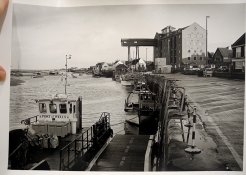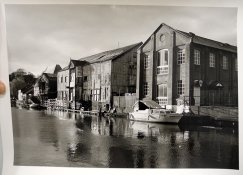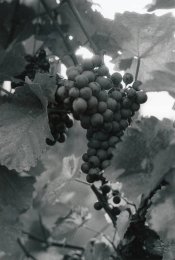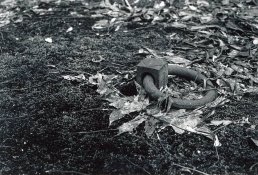Tony Egan
Member
Here is a cheap and simple conversion I finished today. I have run a few tests on 6x9 negatives and found no issues with coverage or even-ness of light reaching the paper. I will check 4x5 and 5x7 in the next few days. I estimate this 15w light source is about 1/2 stop brighter than the normal 300W opal globe I have been using, based on one recent negative I tested against. And, of course, the heat emission is negligible.
I have done a bit more research and found there is a 21W LED generally available with a 90mm cutout which may be a bit brighter. Once you go to 30W or more the units seem to to be bigger requiring a 150mm cutout or larger. It's possible I could just squeeze that size into the housing also. The only tools I needed were an electric drill and a 90mm (3 1/2 inch) hole cutter. The board screws into existing holes on the existing 'L' bracket inside the head and the light is fixed to the board with the standard gimble springs.
Here is the light I bought:
http://www.ebay.com.au/itm/261103414375?ssPageName=STRK:MEWAX:IT&_trksid=p3984.m1423.l2649




I have done a bit more research and found there is a 21W LED generally available with a 90mm cutout which may be a bit brighter. Once you go to 30W or more the units seem to to be bigger requiring a 150mm cutout or larger. It's possible I could just squeeze that size into the housing also. The only tools I needed were an electric drill and a 90mm (3 1/2 inch) hole cutter. The board screws into existing holes on the existing 'L' bracket inside the head and the light is fixed to the board with the standard gimble springs.
Here is the light I bought:
http://www.ebay.com.au/itm/261103414375?ssPageName=STRK:MEWAX:IT&_trksid=p3984.m1423.l2649




















